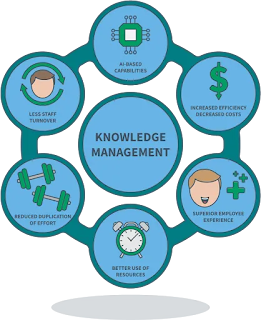The concept of employee
Engagement
Introduction-
The concept of employee engagement is often defined as a willingness to go the extra mile, which has become the new engagement mantra. Sometimes this is defined by the concept of engagement in many ways. It is often used as a concept adopted by the company in terms of job performance, enterprise citizenship and commitment to its employees' participation and behavior.
Why does the ambiguity of the word make it difficult to answer the question of engagement? Are employees involved with their jobs, their carrier or their company, Some definitions avoid this distinction by referring to engagement only as a condition for people to do it. Others define it with the purpose and values of the organization. Engagement occurs when people commit to their work and organization and are motivated to achieve high-quality work and high-quality work. It has two interconnected features.
First: Employee engagement occurs when employees try to be comfortable, because they find their work interesting.
Secondly, they believe that this is a great place to work, to pursue and maintain organizational engagement, their work values and purpose. Finally we define an employee engagement as the property of the relationship between an organization and its employee and the ‘engaged employee’ is defined as a person who is fully internalized by their work and therefore takes positive action to further the company’s reputation and interests.
Picture 01, what is employee engagement.
Why is employment
engagement important-
Engaged
employees are the backbone of good work environments, where people are
hardworking, ethical and accountable, and engagement levels vary according to
different life history and personality traits. When it comes to company
performance, success is measured by the quality of the customer experience and
customer loyalty. Engagement is shown to be delivered by the employee, which
benefits the organization through commitment
Picture 02, The process of Employee Engagement.
Outcomes
of employee engagement :
Organizational outcomes
|
Employee outcomes
|
Employee engagement is a hard-nosed proposition that not only shows
result but can be measure in costs of recruitment and employee output
|
Engagement offer a solution for the individual providing them with the
opportunity to invest themselves in their work
|
Engaged employees are more likely to stay with the organization
perform better than their colleagues and act as advocates for the company/
organization
|
Engagement may result in positive health effects and positive feelings
towards work and the organization
|
For the Successful organization changes
|
Transnational approach to the relationship between employer and
employee
|
Facets
of Employee engagement-
01. Intellectual Engagement- Thinking hard about the
job and how to do it better
02. Affective engagement- Feeling positively about
doing a good gob than others for the organizational and self-development
03. Social engagement- Actively taking opportunities
to discuss work- related improvements with others at work
References-
Armstrong, M. and Stephen Taylor (2014) Armstrong
Handbook of Human Resource management practice, 13th edition
Armstrong, M, Brown, D and Reilly, P (2010)
evidence-based Reward Management, London, Kogan page




